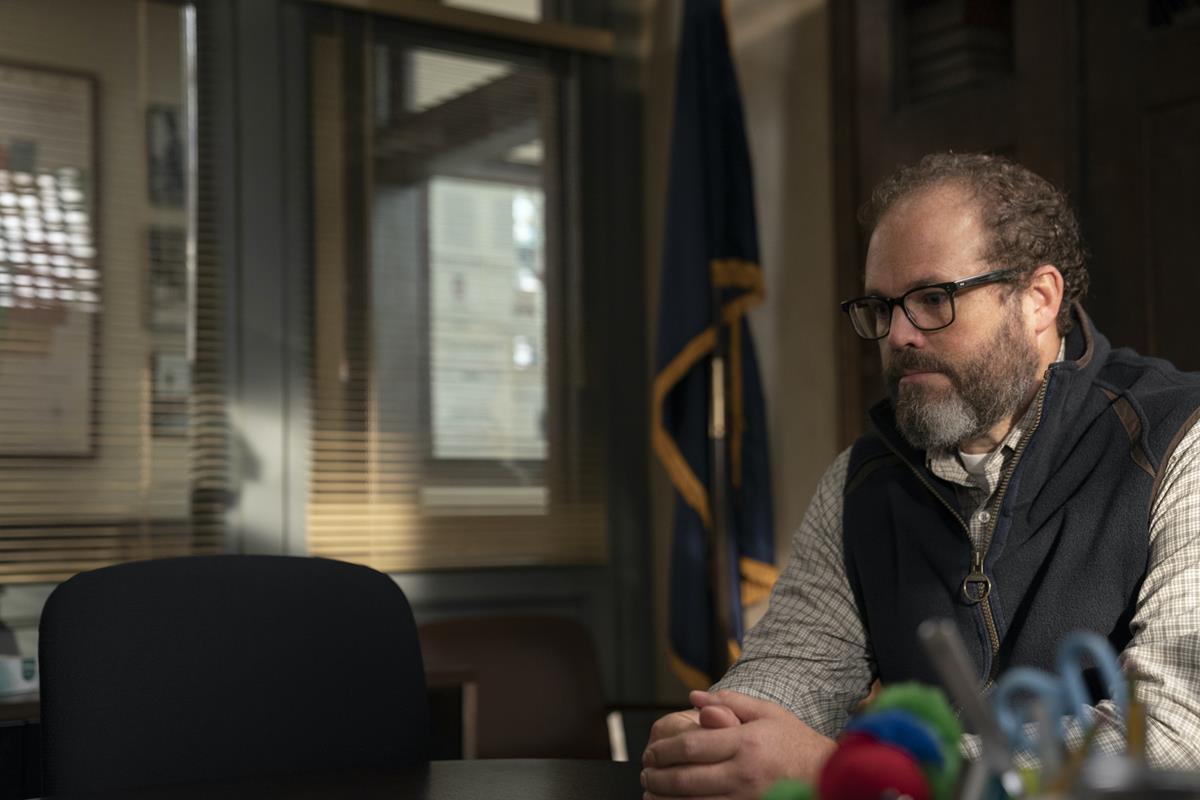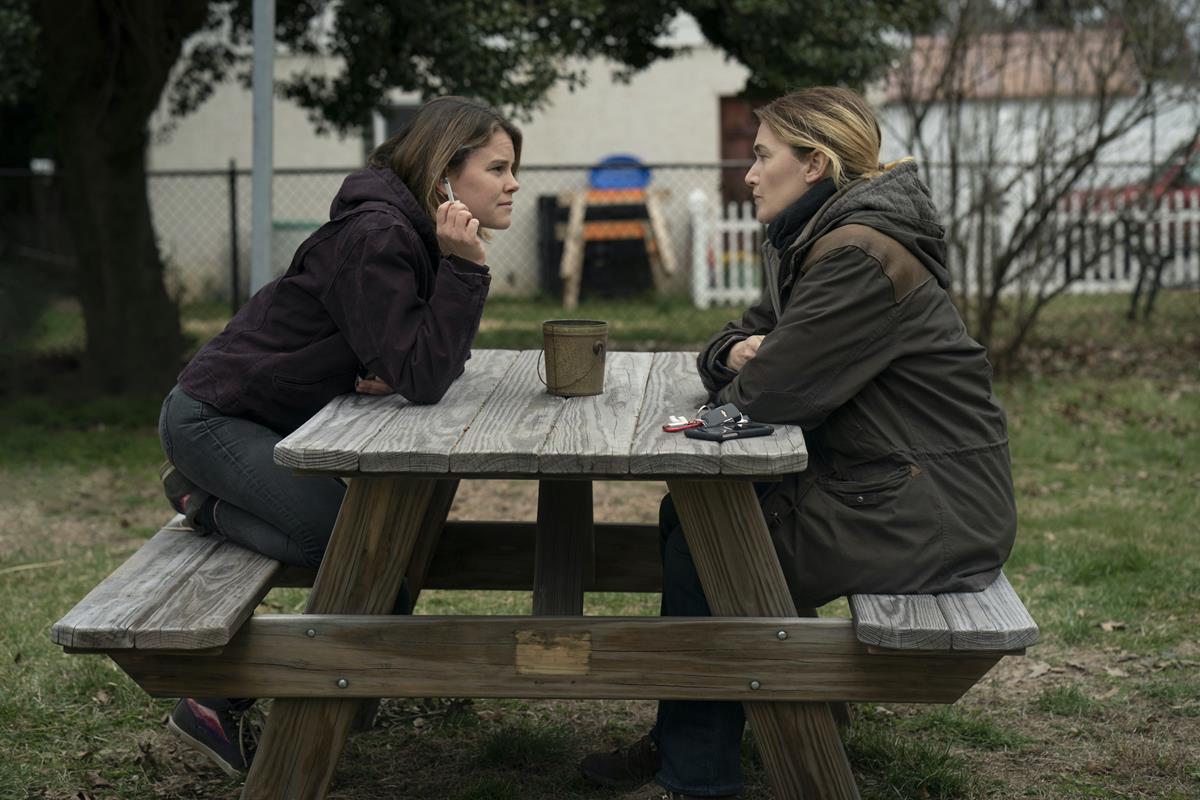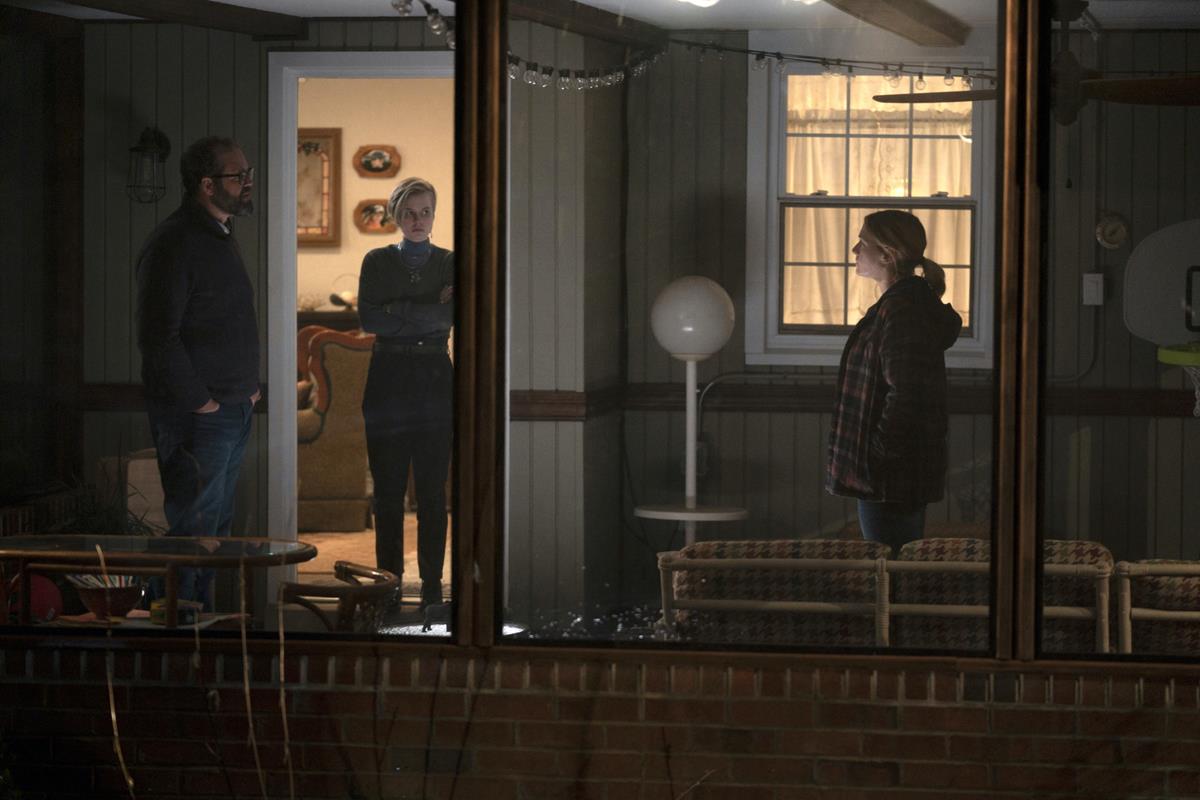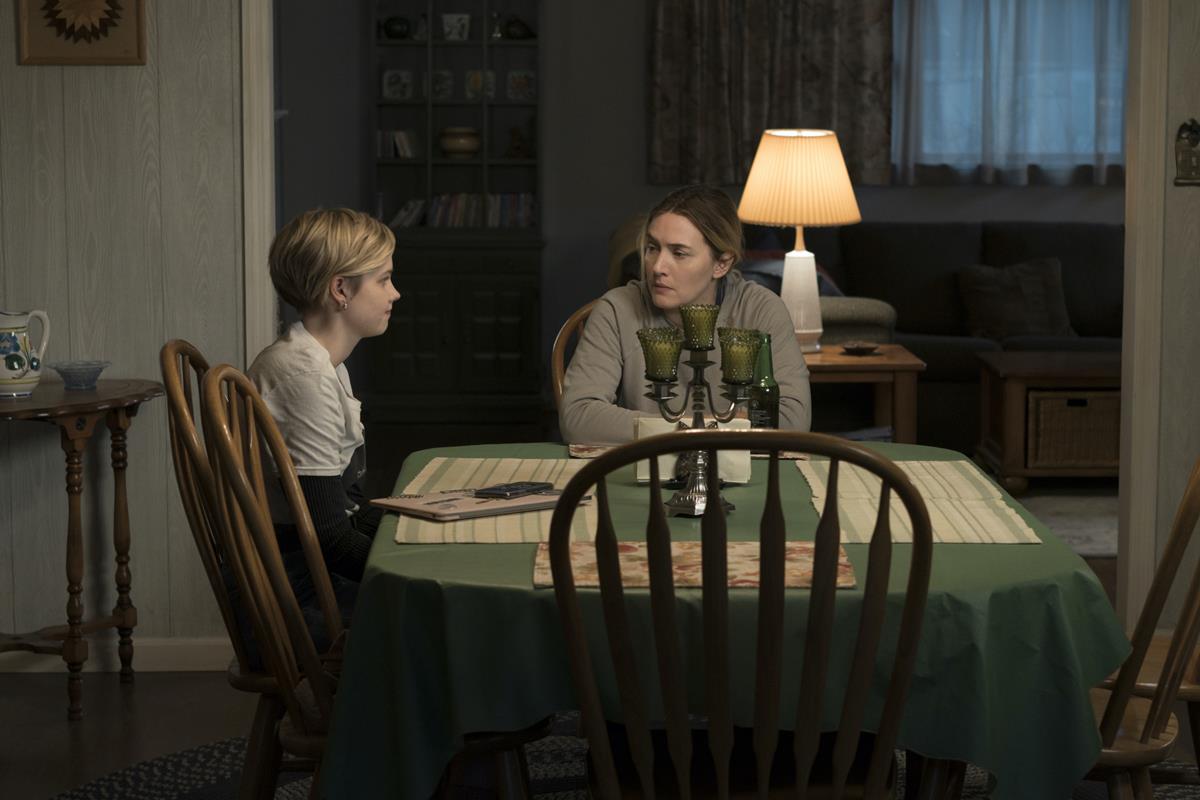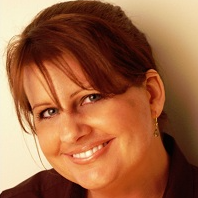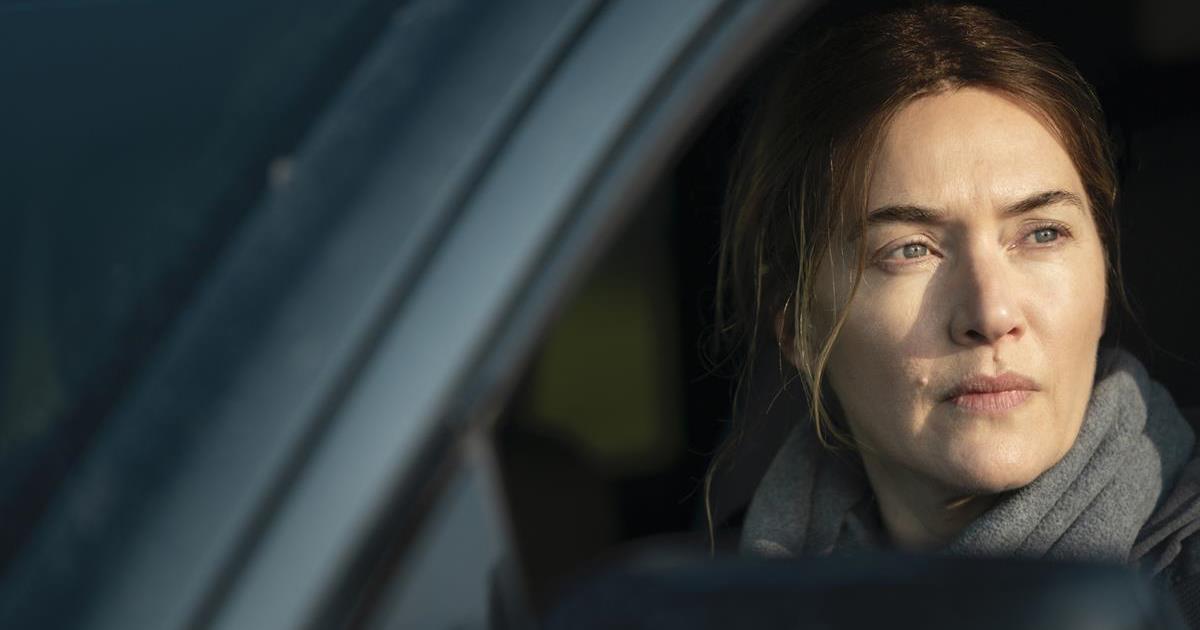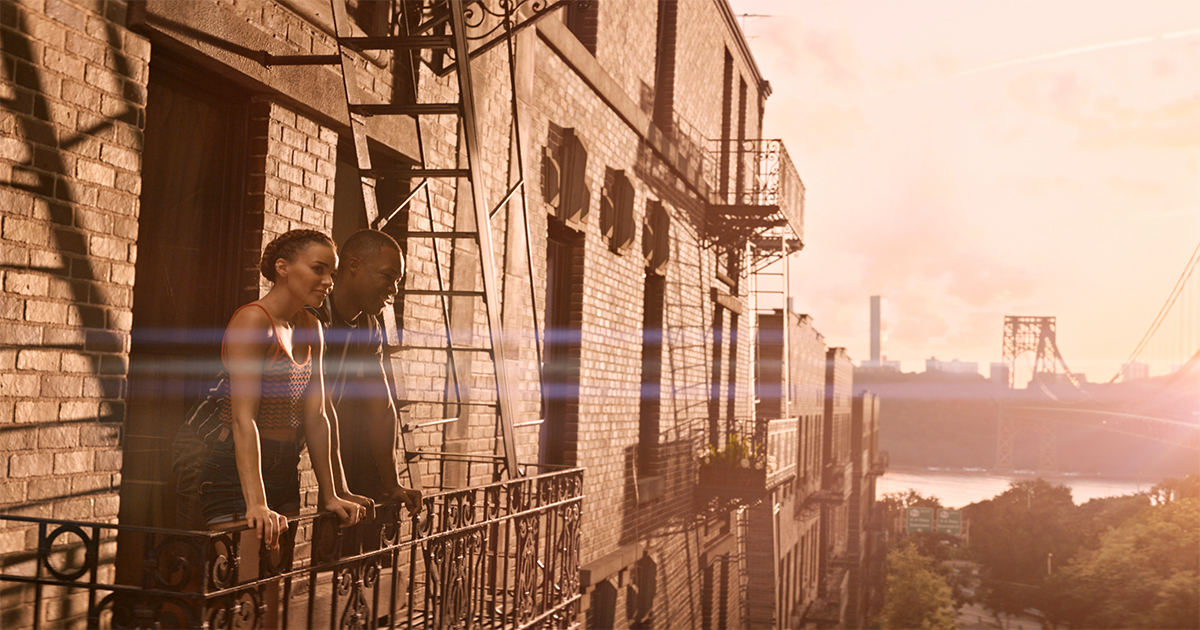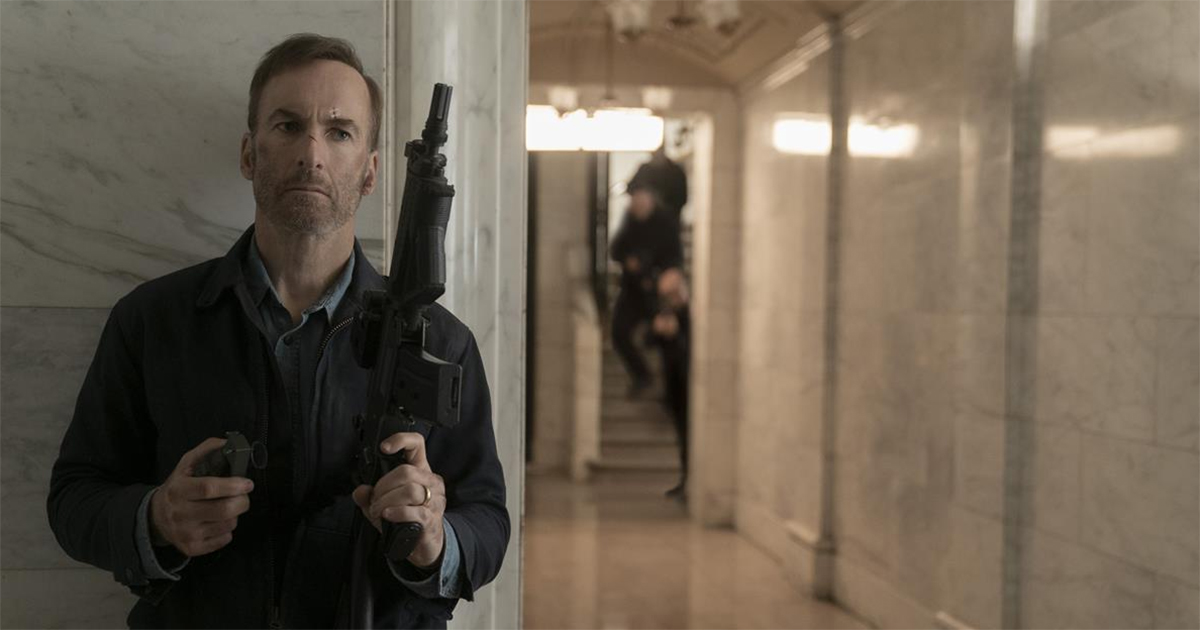
HBO’s limited series Mare of Easttown, starring Kate Winslet as a troubled detective searching for a killer in her small Eastern Pennsylvania hometown, has received stellar reviews. Creator Brad Ingelsby and director Craig Zobel, cinematographer Ben Richardson and all the department heads infuse the show with more grounding in realism than is found in some other shows in the genre. “The series was shot locally and it’s easy to tell, as the setting is so palpable and dynamic,” enthused the USA Today review.
Richardson also brings a filmic aesthetic to the show although it was shot digitally on ARRI Alexa cameras. Company 3 co-head of feature color Mitch Paulson, who has collaborated on many of Richardson’s projects (most recently on Angelina Jolie thriller Those Who Wish me Dead) handled the grade for the series with the same naturalistic look film-style approach to the imagery.
“The director and Ben and I were completely in synch about the brief. Always keep it natural!”
— Mitch Paulson
For Richardson and Paulson, who have very similar aesthetic sensibilities, achieving a “film look” is first and foremost about how the images are shot and then about grading them in post within the realm of what would be possible for a timer in the photochemical world. He restricts himself in his first pass to “printer points” — the gradations that traditional film timers worked with — and does not use the capabilities digital color grading provides to stretch and compress imagery or the secondary corrections of keys and windows.
These are all tools they may use on subsequent passes but always in very subtle ways. “Sometimes there were colors that were overly saturated for the look they wanted,” Paulson says. “It’s just a little bit here and there. There was an orange jar in a kitchen that was popping too much so we just toned it down a bit to fit more into the overall color scheme.”
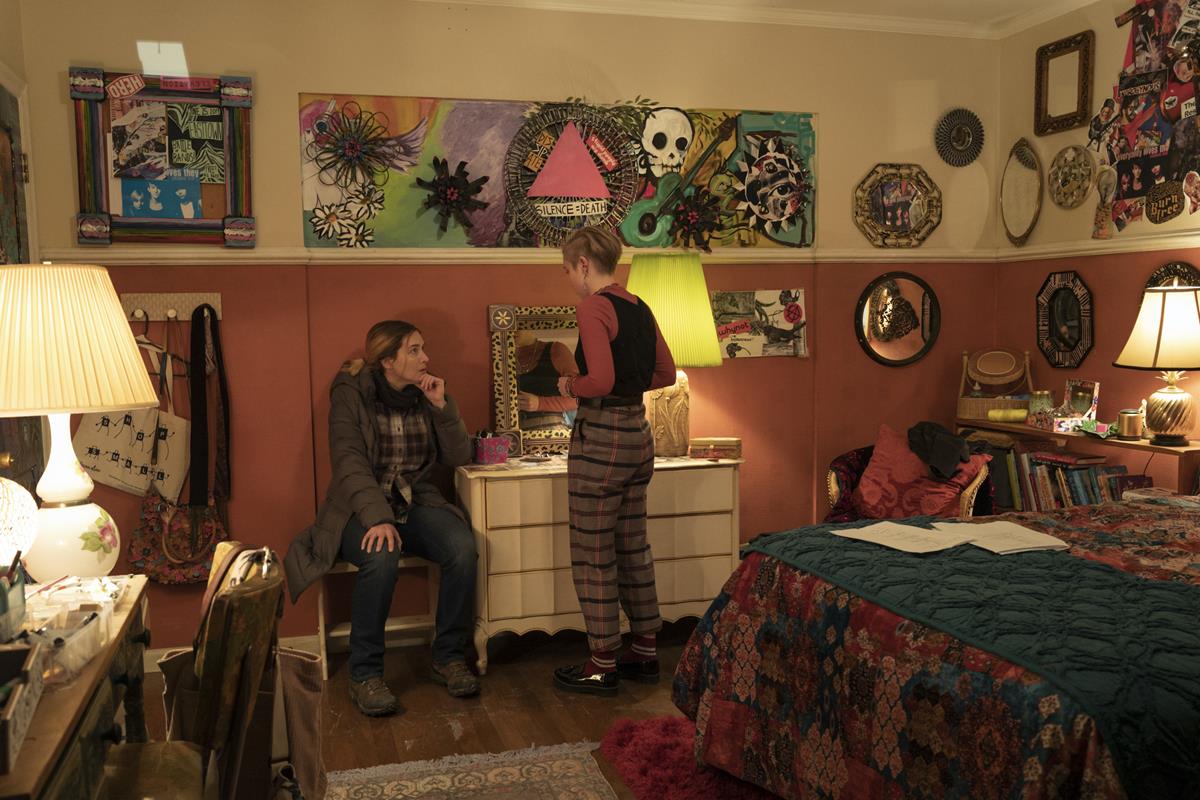
READ MORE: “Mare of Easttown” is a Whole Mood (NAB Amplify)
In addition, Paulson helps add the celluloid sensibility further by grading through a film emulation LUT, which has been customized particularly for Richardson, in addition to an adjustable grain emulation plug-in which allows him to finetune the size and texture of grain and a plug-in that adds the look of halation, which is intrinsic to images shot on film. “It adds a very subtle, natural looking warm glow on just the very brightest highlights,” Paulson says of this effect.
The show also made extensive use of visual effects, many of which likely have gone unnoticed (as intended). After having to shut down production because of COVID, many scenes were shot in different seasons and ultimately moved to the stage due to precaution measures. Therefore, a significant amount of seasonal matte paintings was required to correct this, and numerous set extensions had to be recreated in VFX when they were not able to access locations.
“Sometimes there were colors that were overly saturated for the look they wanted. It’s just a little bit here and there. There was an orange jar in a kitchen that was popping too much so we just toned it down a bit to fit more into the overall color scheme.”
— Mitch Paulson
Specifically, there was a critical scene in the series that combined a shot of the victim captured on stage with the practical location of the park where her body was found. Company 3’s sister company PowerHouse VFX, handled all of the on-set supervision during production and the entire body of work in post out of their New York office. VFX supervisors Ed Mendez and Cristin Pescosolido managed the talented team of compositors, cg generalists, and matte painters during the production.
Every facet of the show was designed to feel real, never self-conscious or flashy. “The director and Ben and I were completely in synch about the brief,” Paulson sums up. “Always keep it natural!”
Want more? Click the image below to watch creator and writer Brad Inglesby, executive producer Mark Roybal, production designer Keith P. Cunningham, casting director Avy Kaufman, and Mare of Easttown star Kate Winslet in conversation with Diana Lodderhose for Deadline’s “Virtual House” panel discussion series:

READ MORE: ‘Mare Of Easttown’ Stars, Director & Key Crew On Why The HBO Limited Series Is So Much More Than A Small-Town Cop Drama (Deadline Virtual House)
